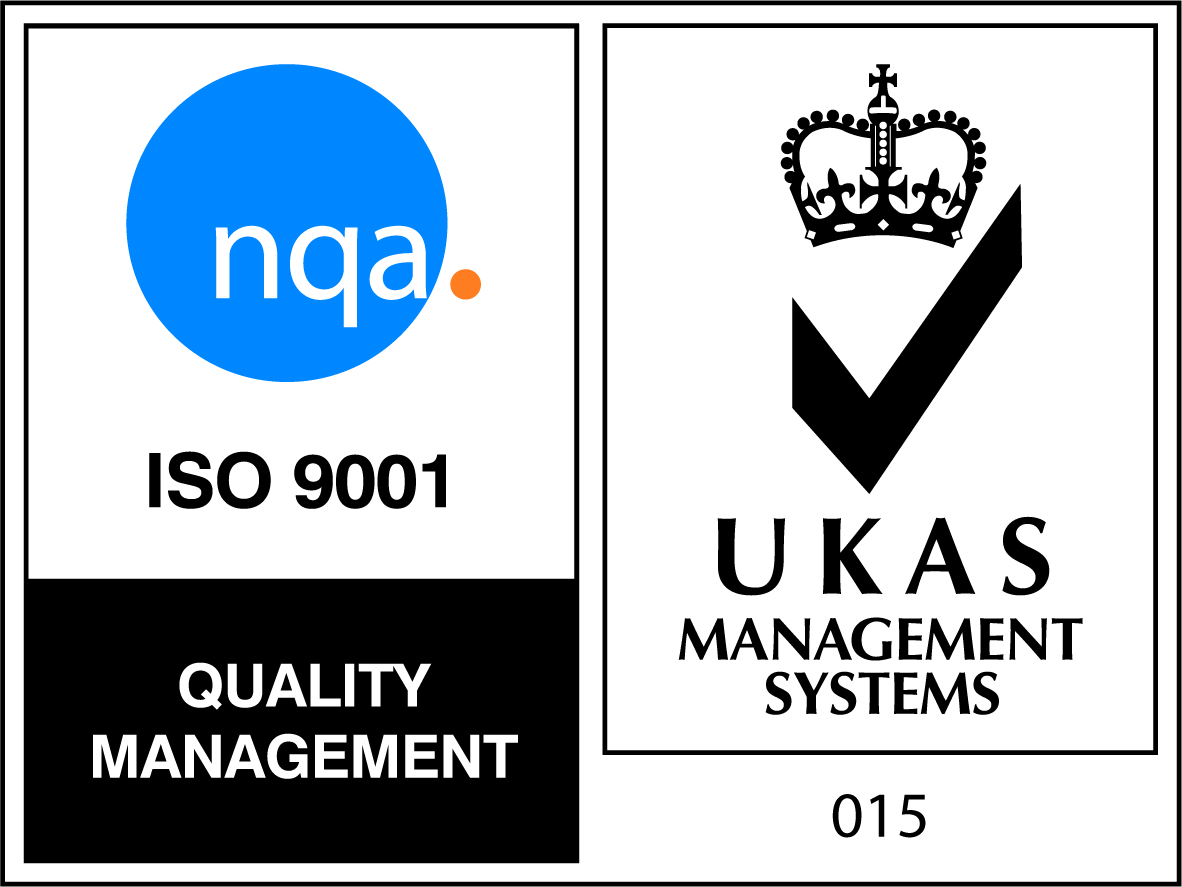Product Design & Development Technicians primarily work on all stages of product creation and modification. They support activities ranging from early concept feasibility, design and development stages right through to final preparation for launch and customers. This includes working in concept studios, rapid prototyping, assembly, testing, validating and analysing performance. Typically they work closely with engineers in bringing new concepts to life or supporting redesigns of existing products.
Enquire Now
Topics
All the learners will begin with a 2 week induction covering the principles of the apprenticeship, Induction to Programme and additional courses such as:
- IOSH Working Safely
- Manual Handling
- Abrasive Wheels
- Slinging
- Diary keeping & continuous professional log
- Equality & Diversity
- Prevent Agenda
- Safeguarding
- Employment Rights & Responsibilities
- Introduction to Lean
To begin their journey through to becoming an Engineering Technician all learners start with off the job training covering 3 or 5 days dependent upon whether they are undertaking a full time or part time course. During this time learners will work towards achieving a Level 2 Diploma in Advanced Manufacturing Engineering (Foundation Competence) and a begin their Level 3 Diploma in Advanced Manufacturing Engineering (Development Knowledge) this knowledge element spans the whole of the programme.
Dependent upon prior qualifications learners may also need to complete functional skills in English & Maths to a minimum Level 2.
Knowledge
- Understand mathematical techniques, formula and calculation in a technical support environment.
- Understand material applications and methods of testing (destructive and non-destructive).
- Understand Computer Aided Design (CAD) methods and applications.
- Understand material joining applications and systems.
- Understand mechanical, electrical, electronic and process control systems.
- Understand measurement, monitoring, testing and diagnostic methods and techniques.
Skills
- Read and interpret relevant data and documentation used in the design and development of components, equipment and systems.
- Produce components and prototypes using a wide range of hand fitting techniques.
- Produce assemblies and rigs using a range of materials and techniques.
- Use mechanical, electrical and electronic testing devices and equipment.
- Prepare and use lathes, milling machines, as well as other general or specialist high technology equipment such as 3D printing/additive manufacturing techniques.
- Apply mechanical principles and joining techniques to develop products, devices and equipment.
- Apply electrical and electronic principles to develop product devices and equipment.
- Identify, diagnose and rectify design problems through the whole creation process including design studio, workshops, test environments or under laboratory conditions.
- Contribute to the business by identifying possible opportunities for improving working practices, processes and/or procedures.

